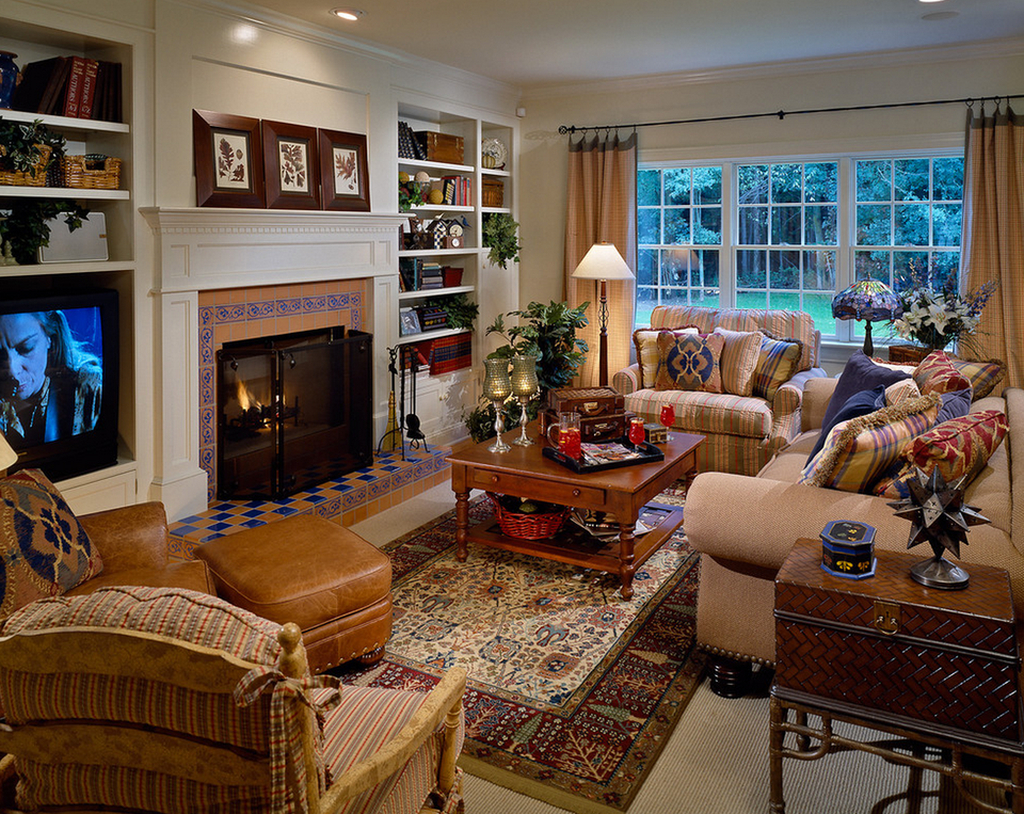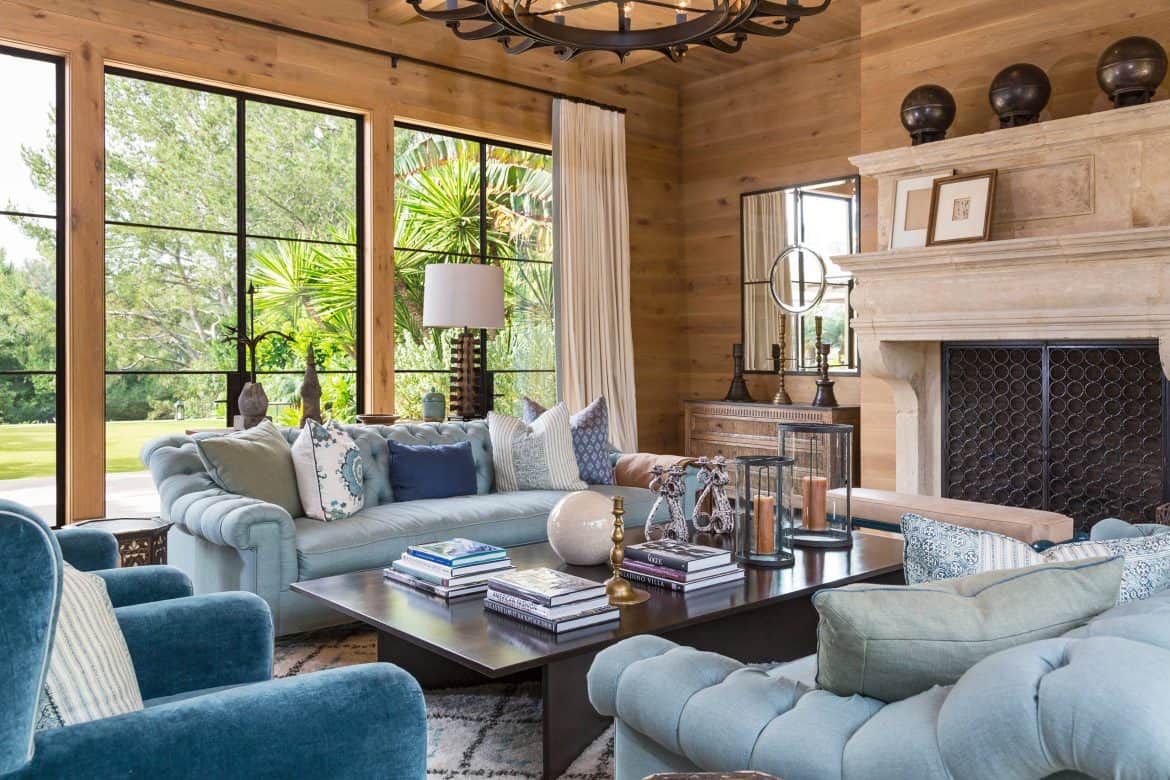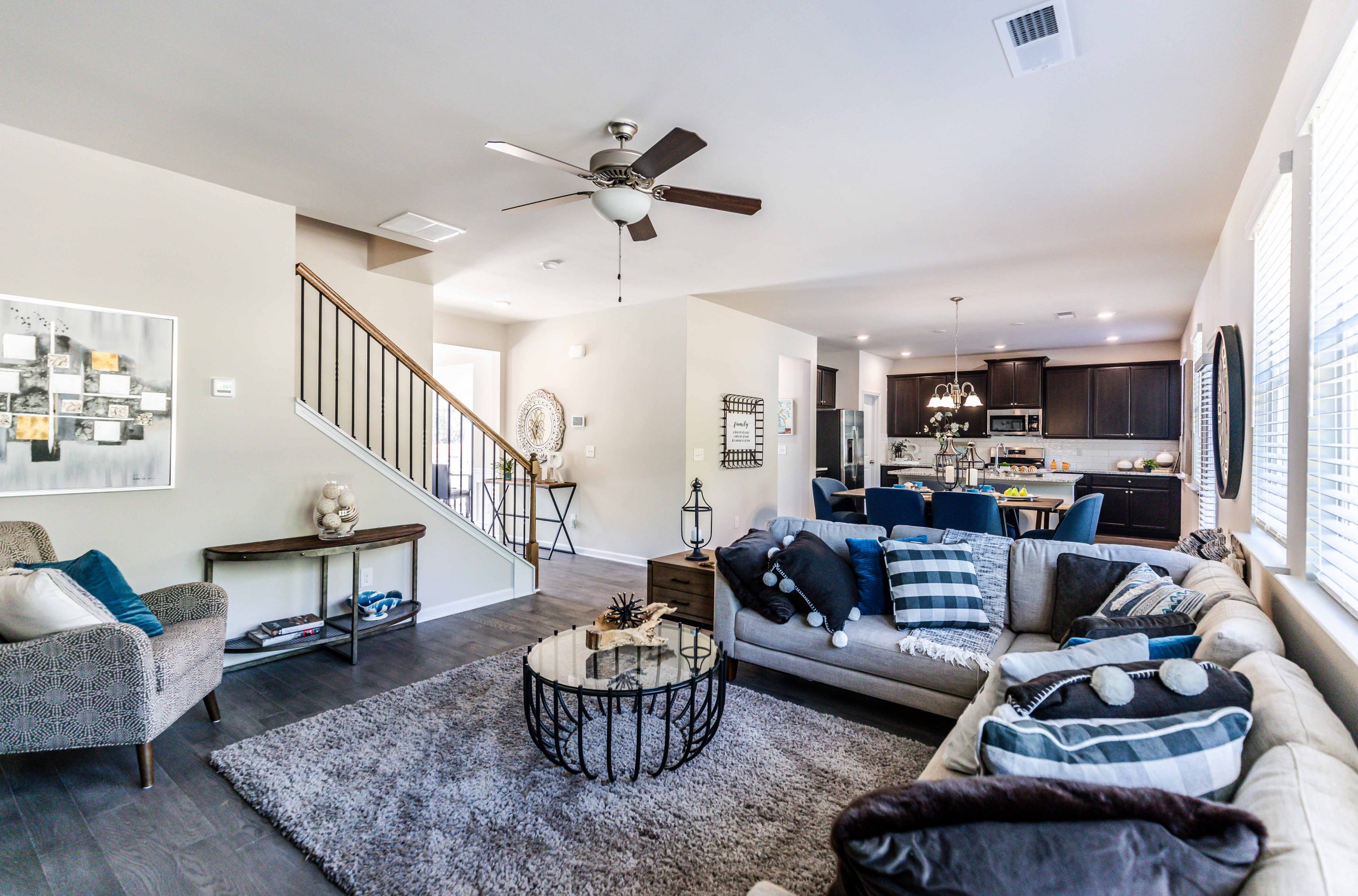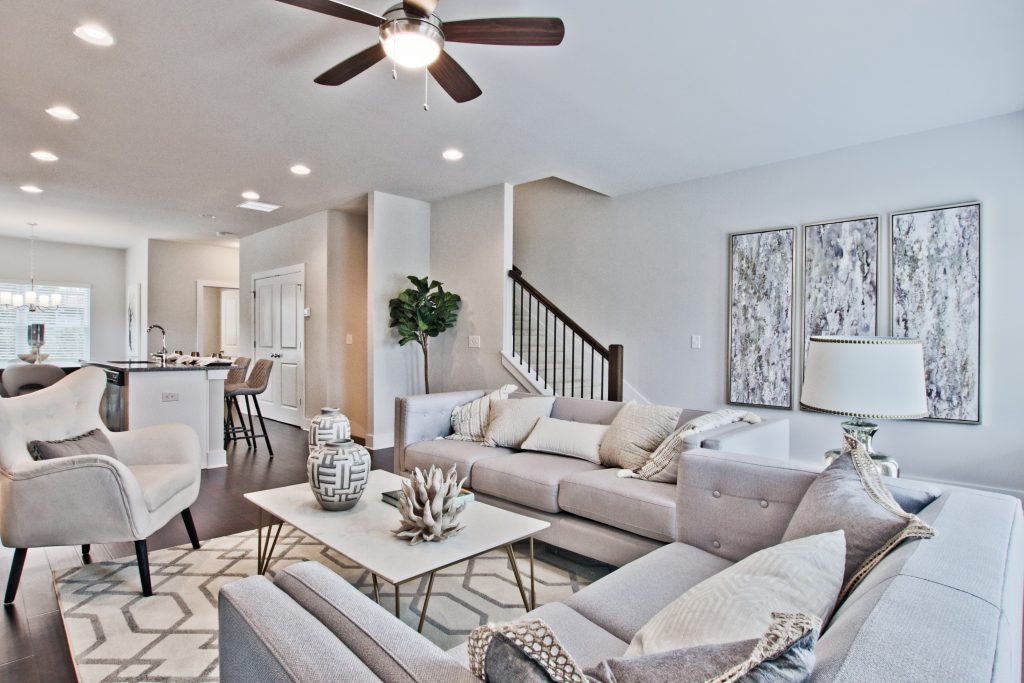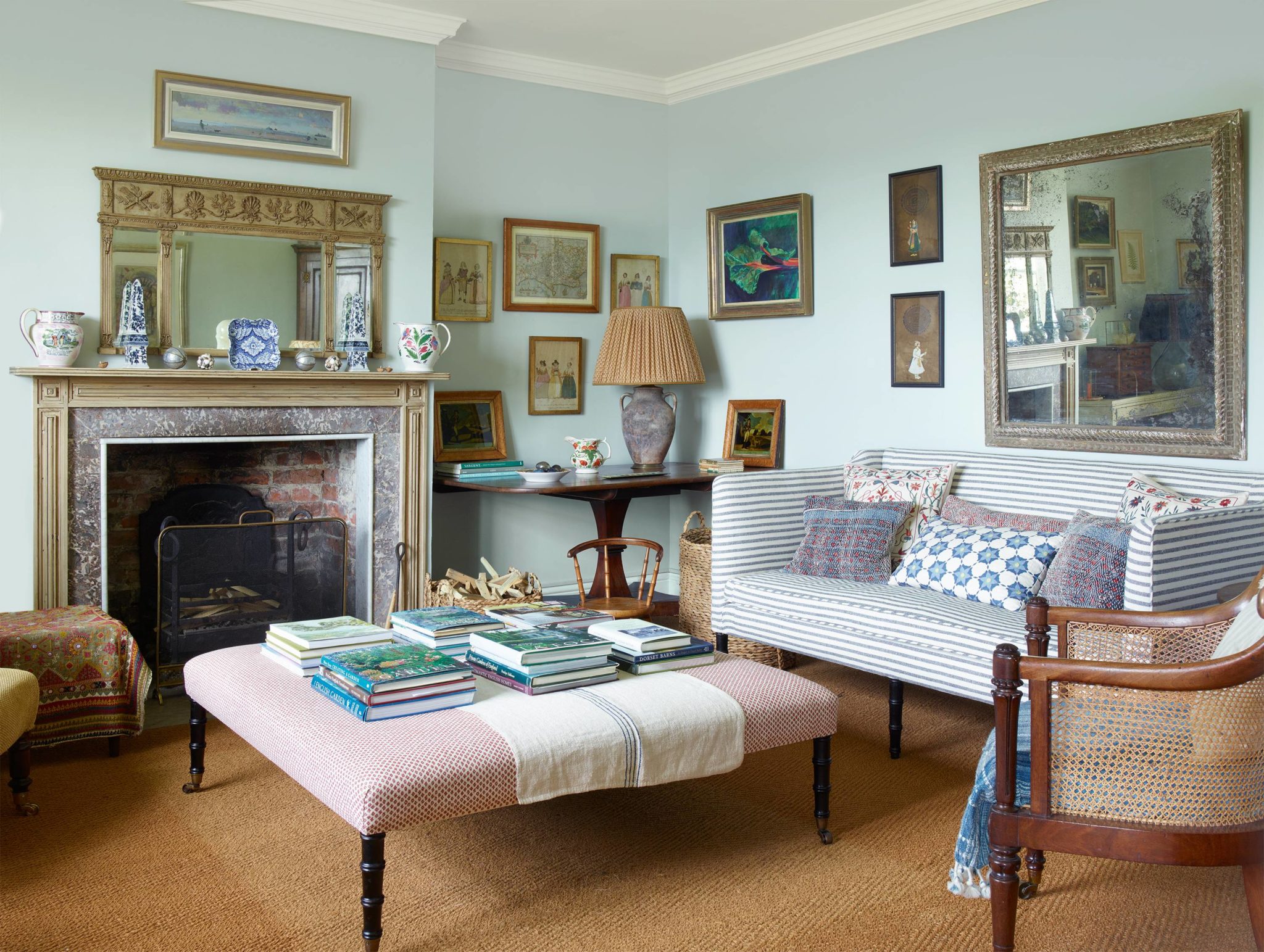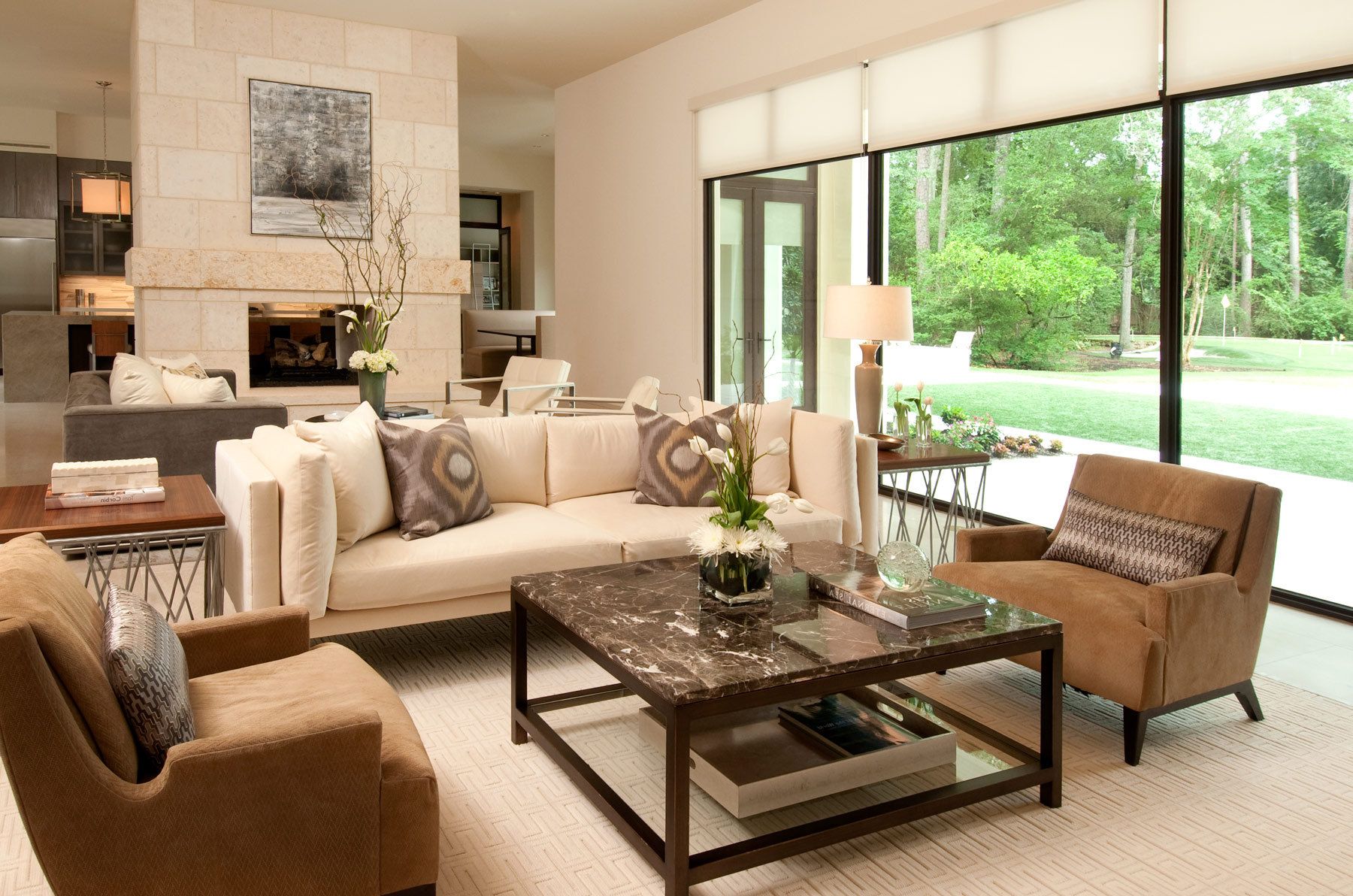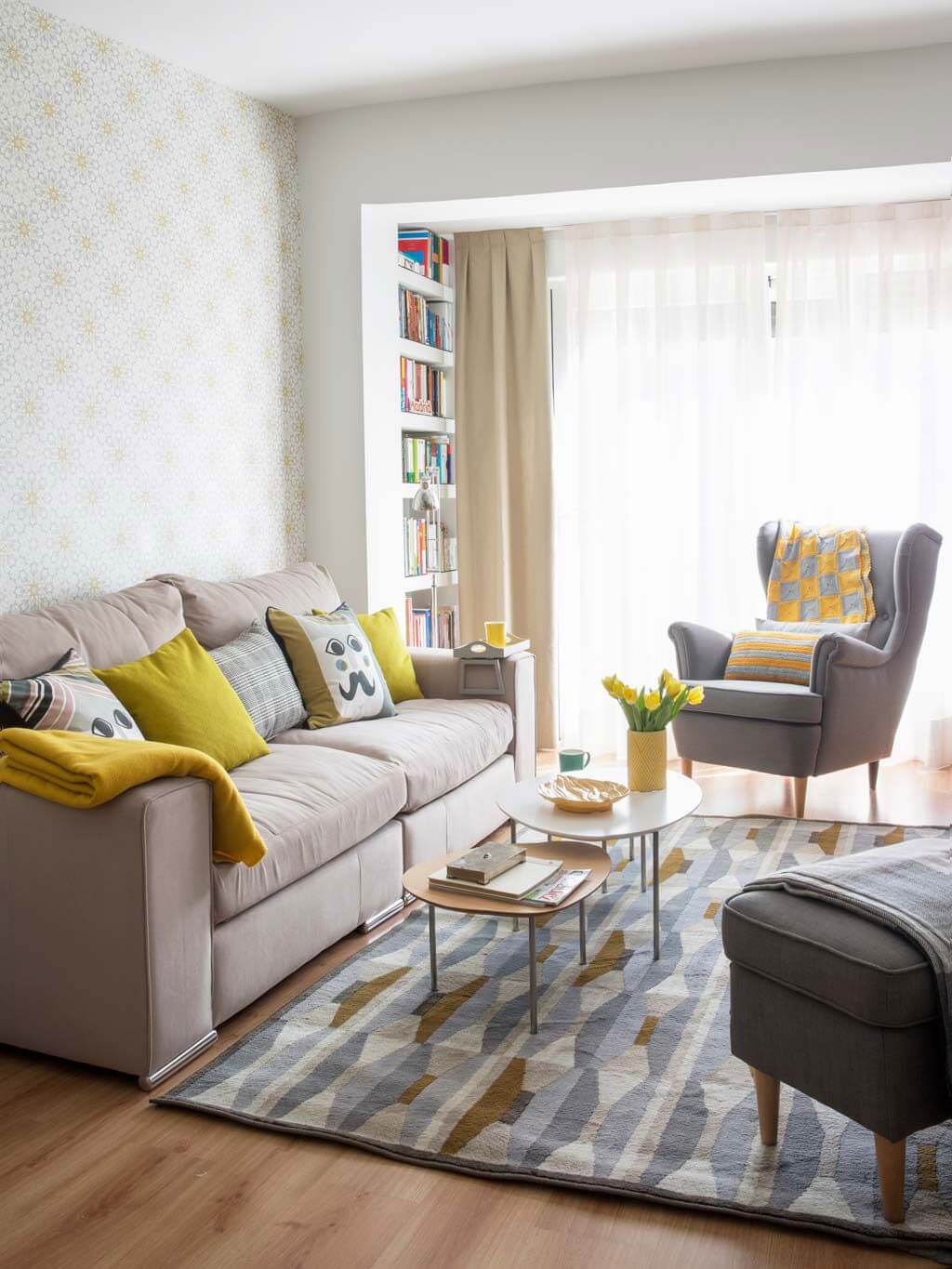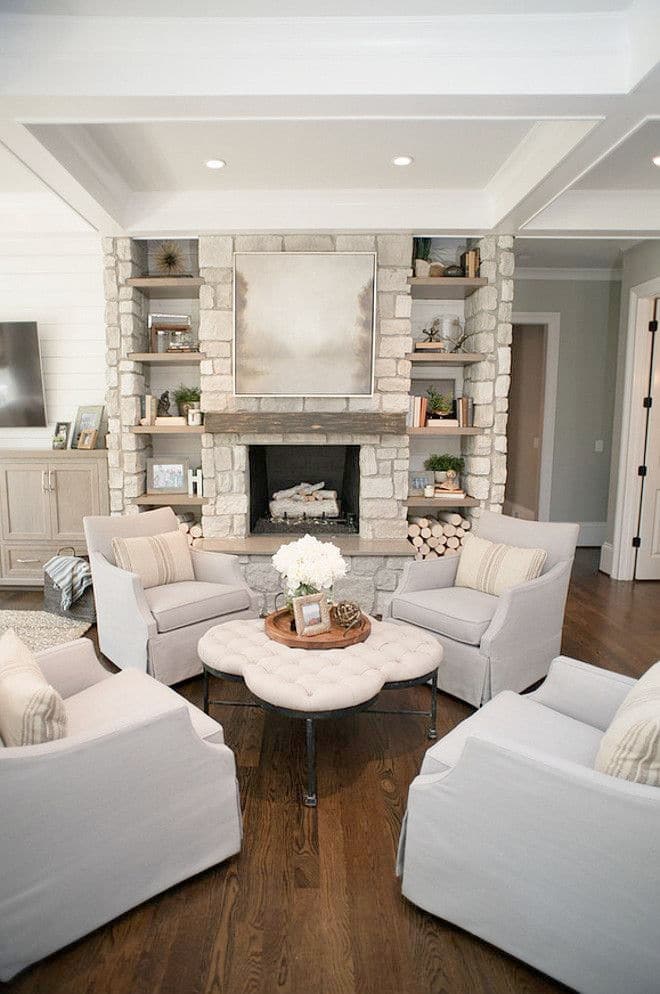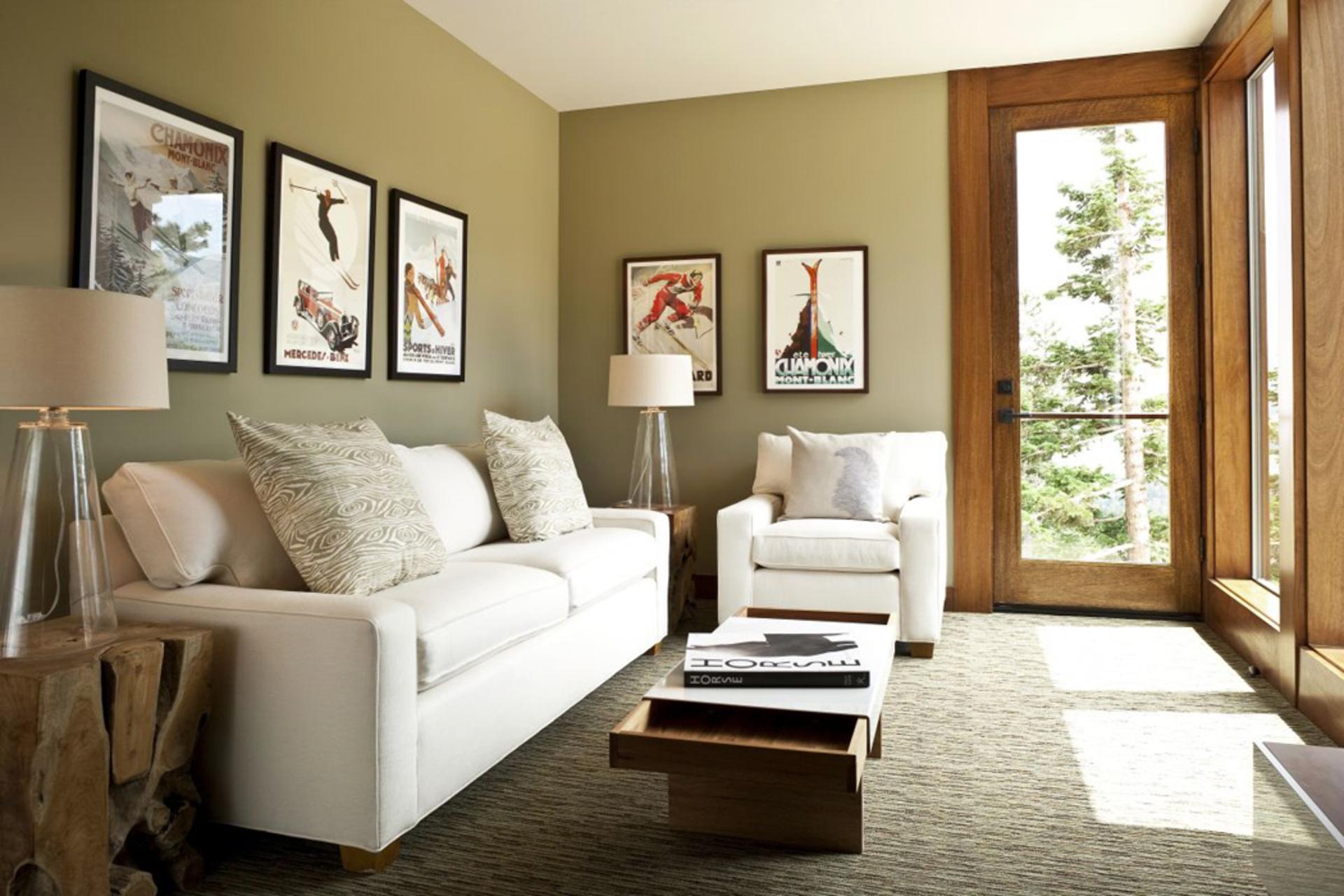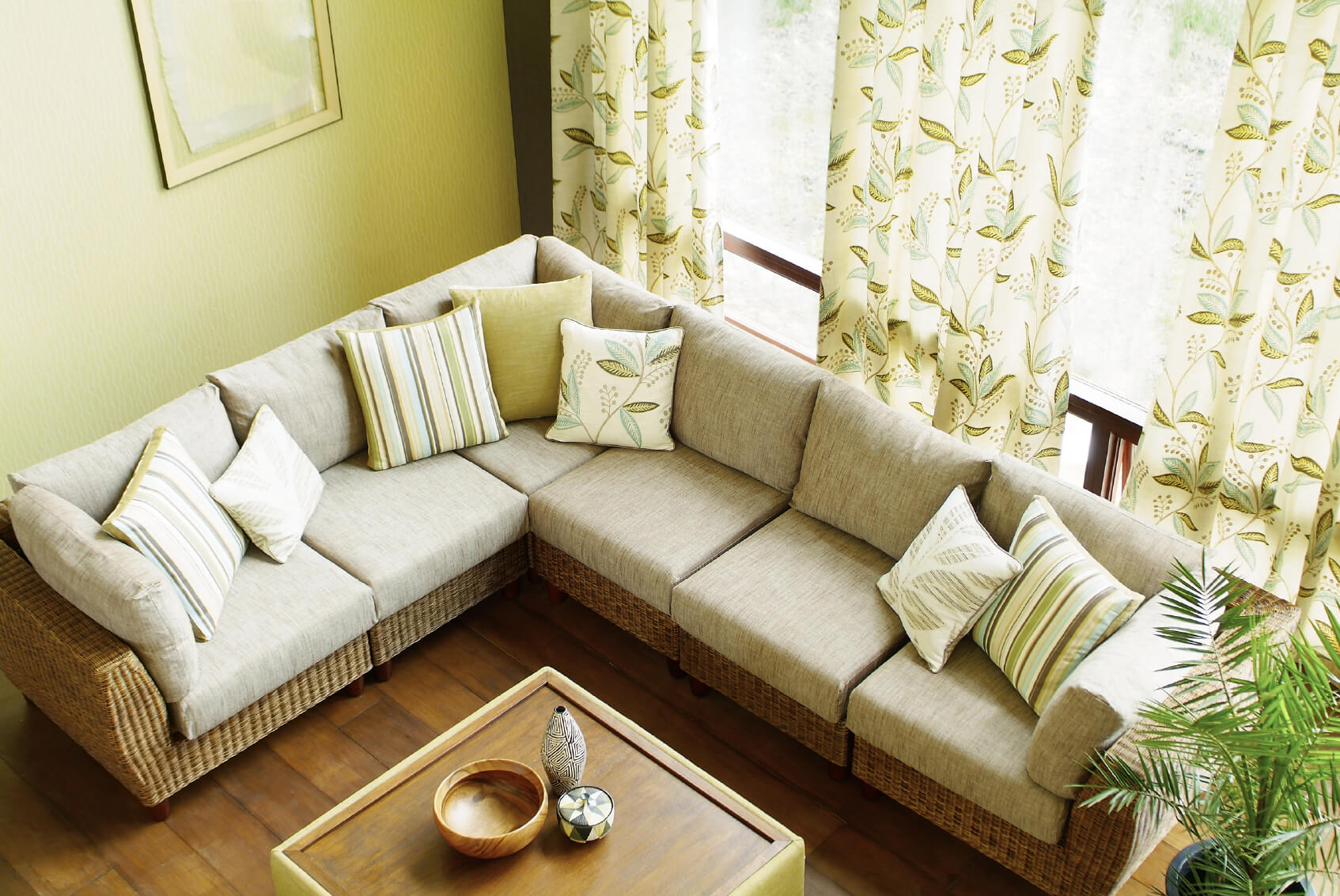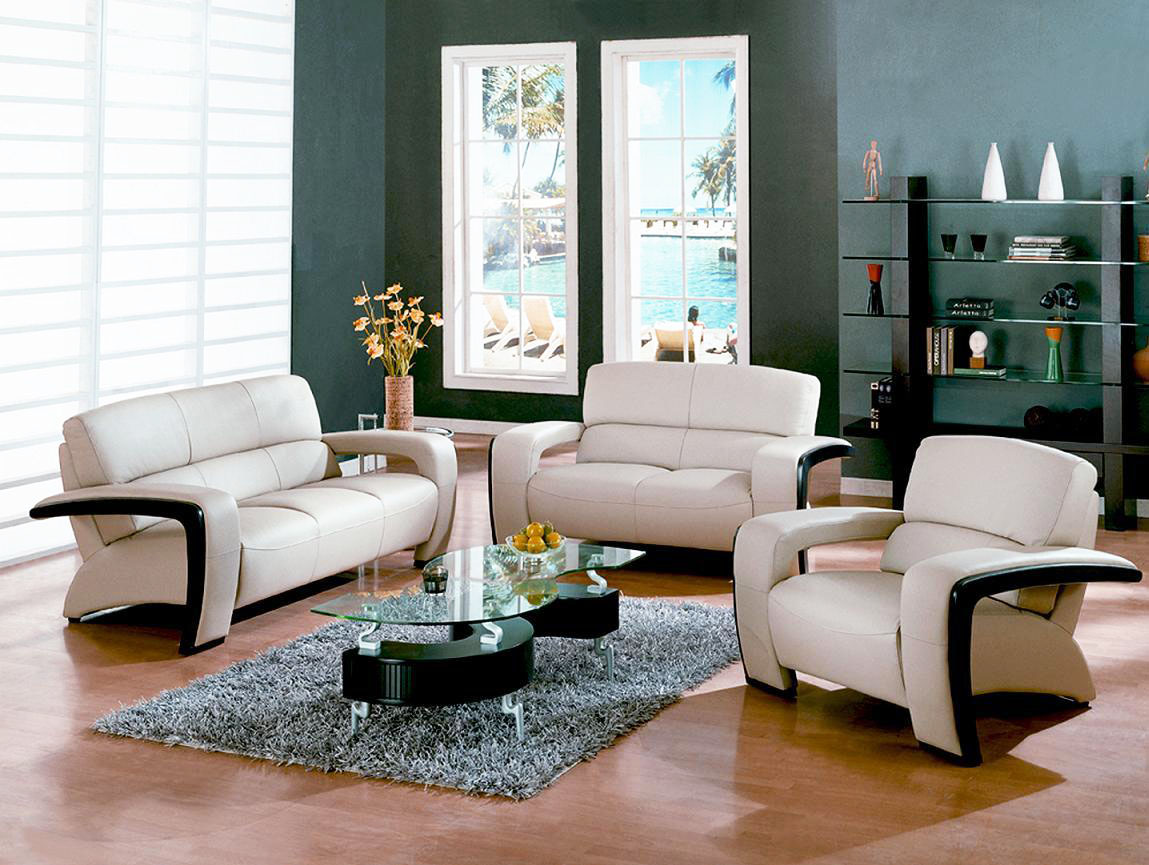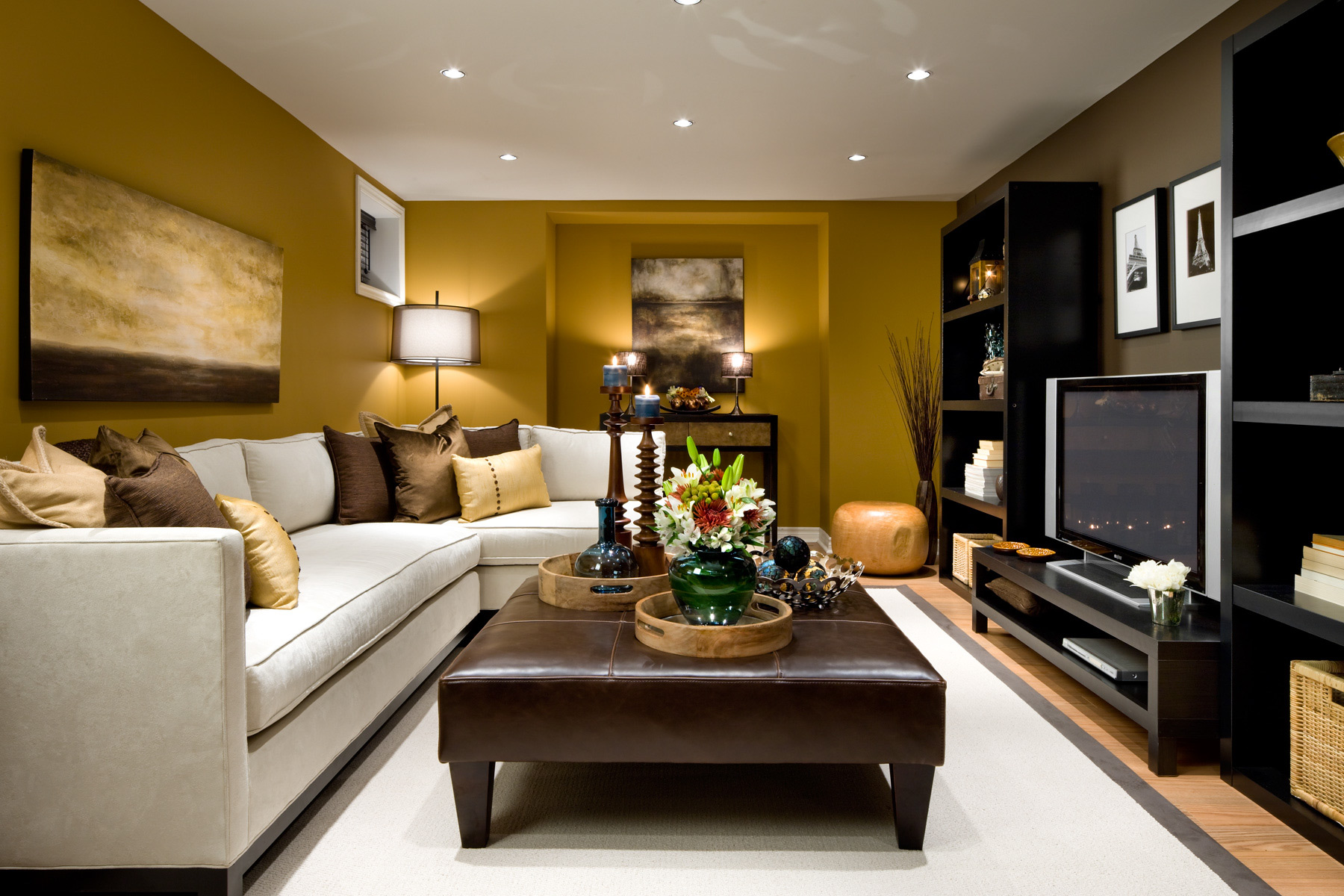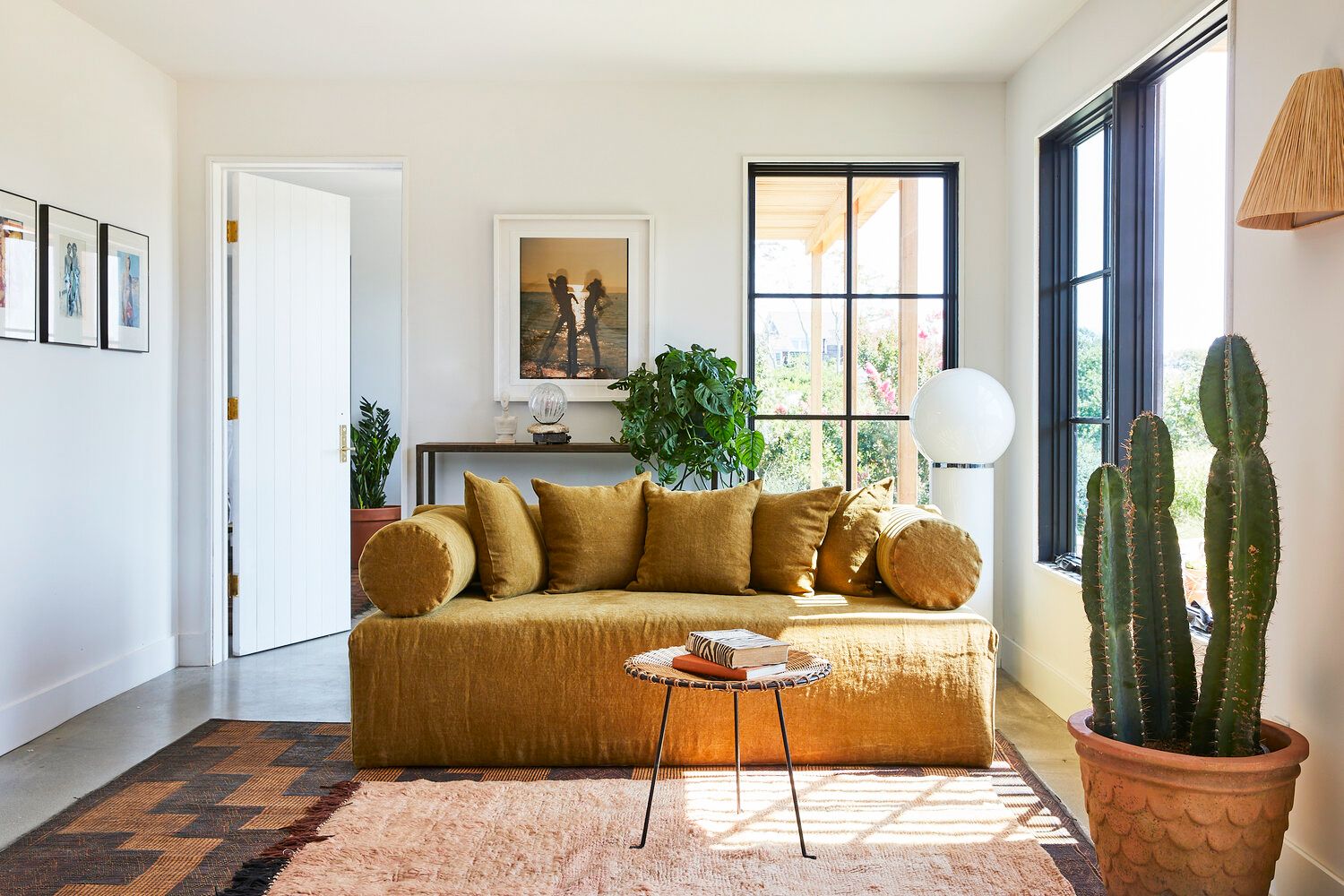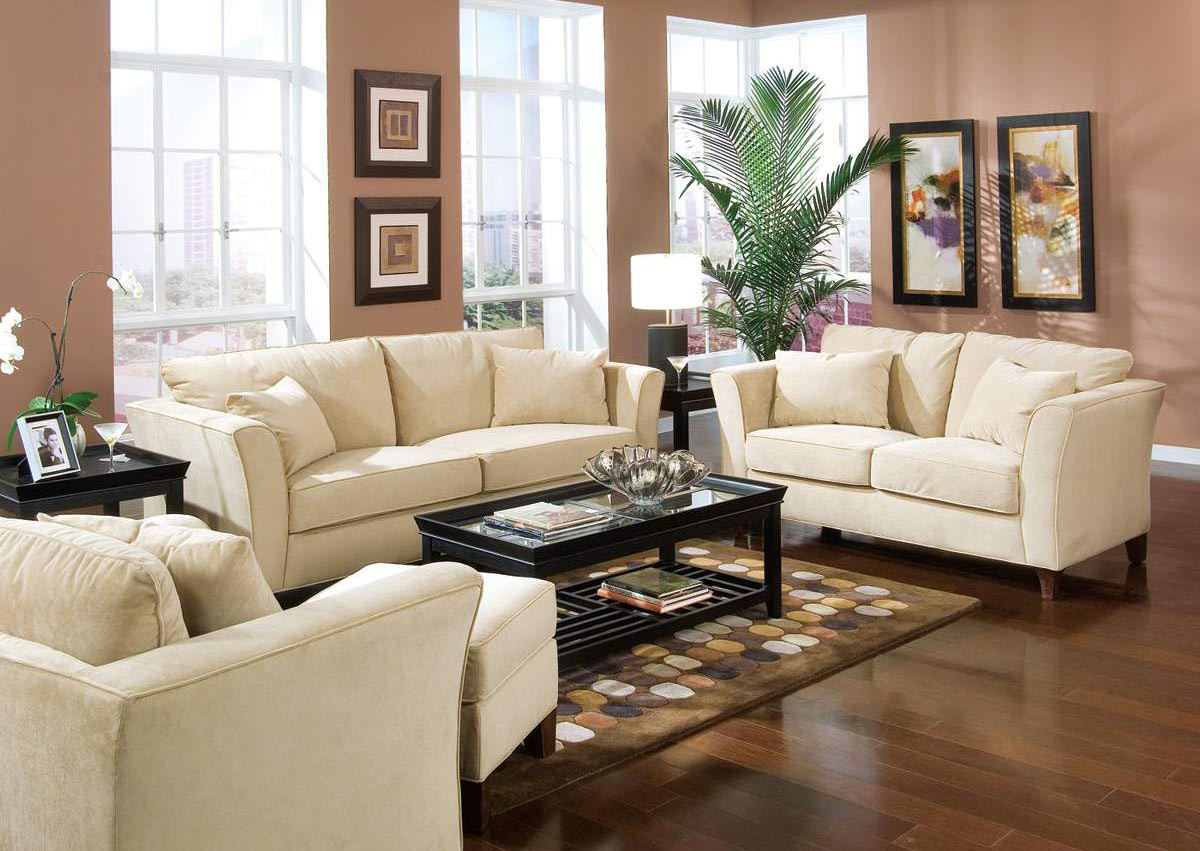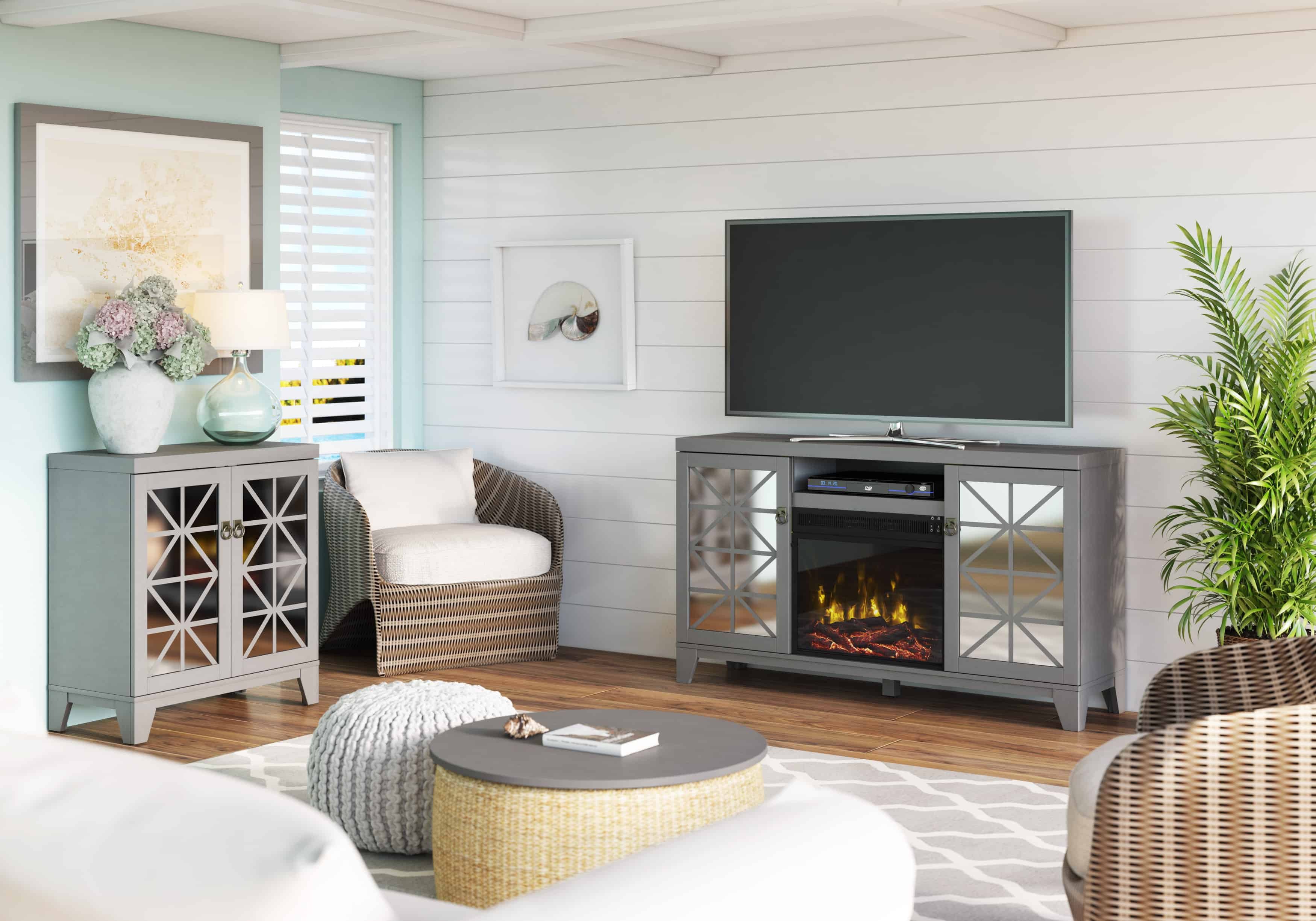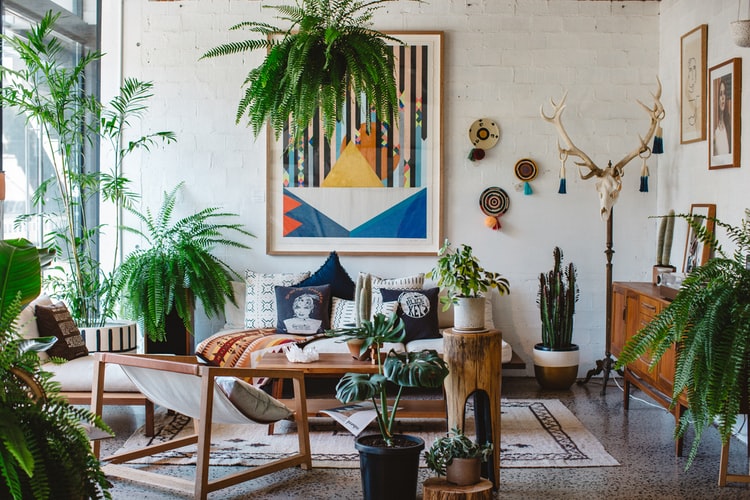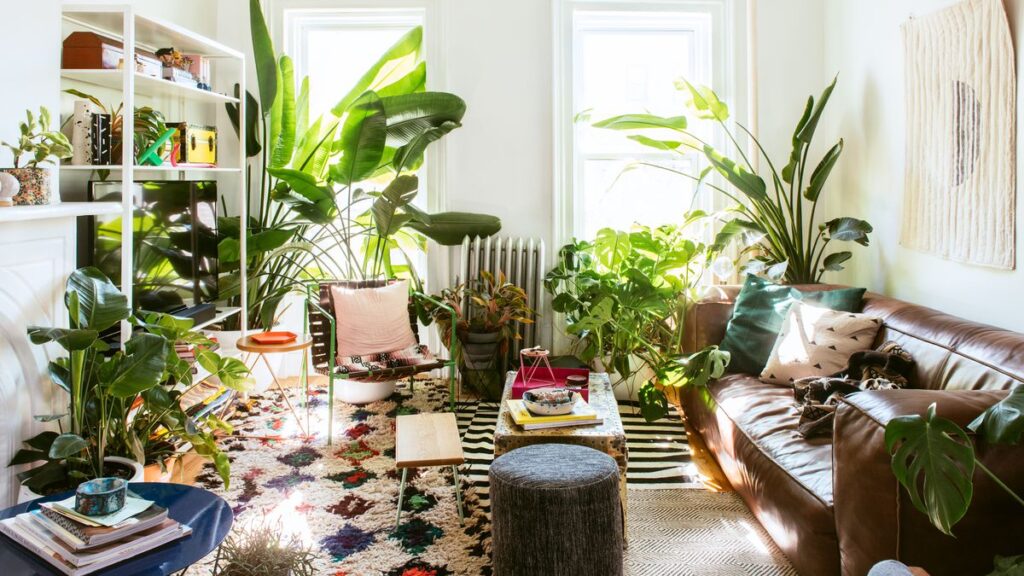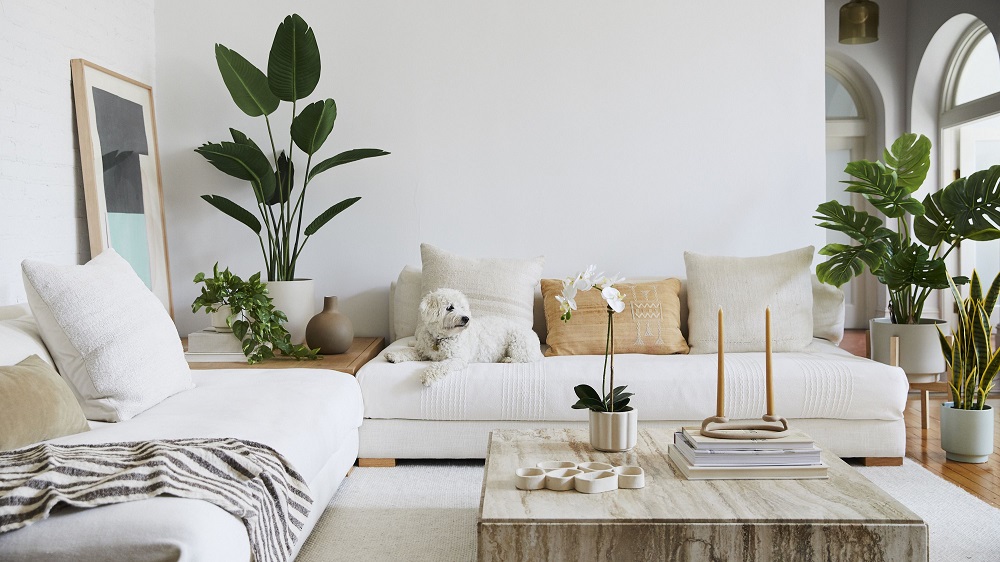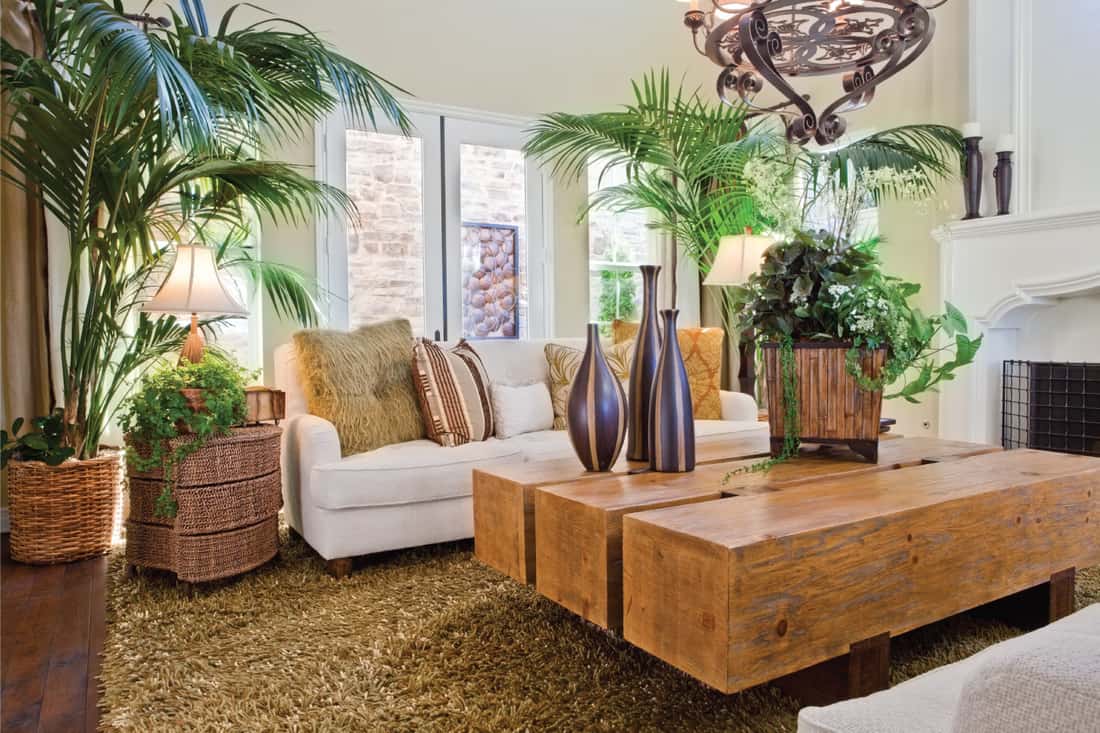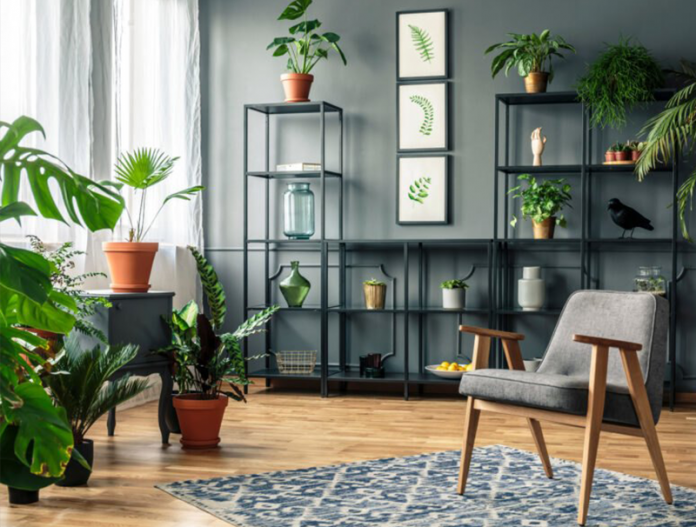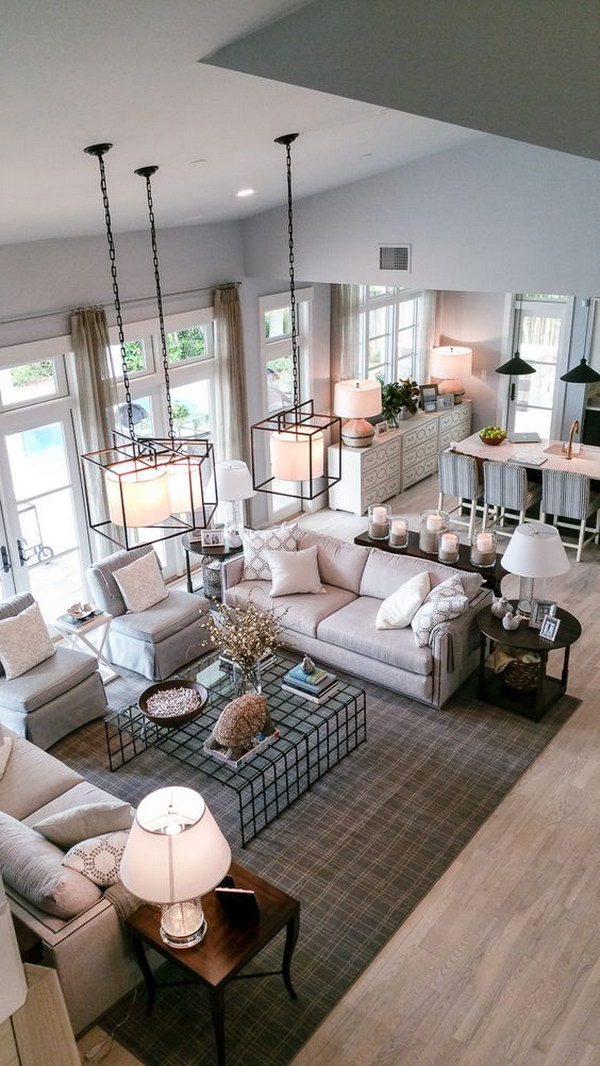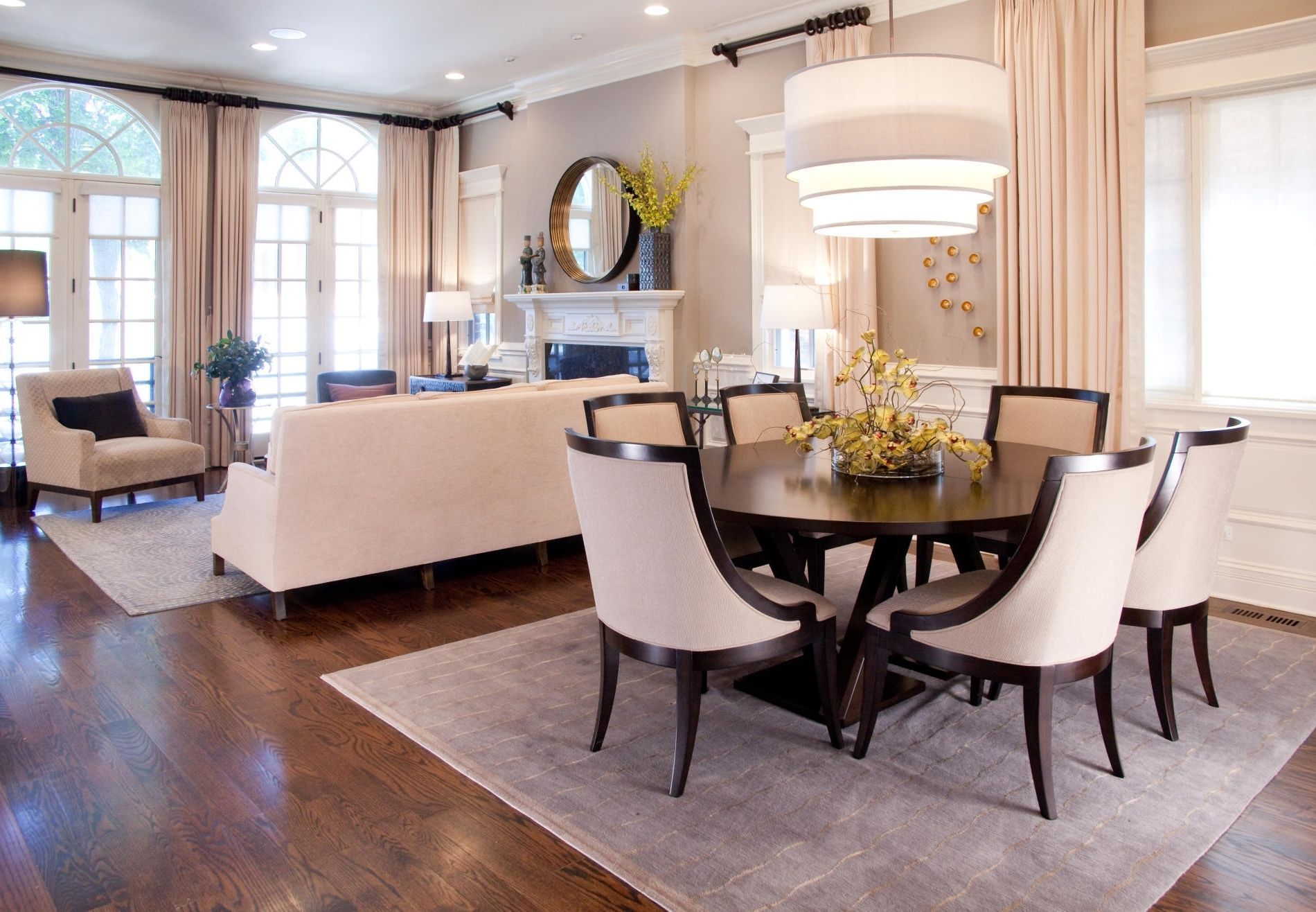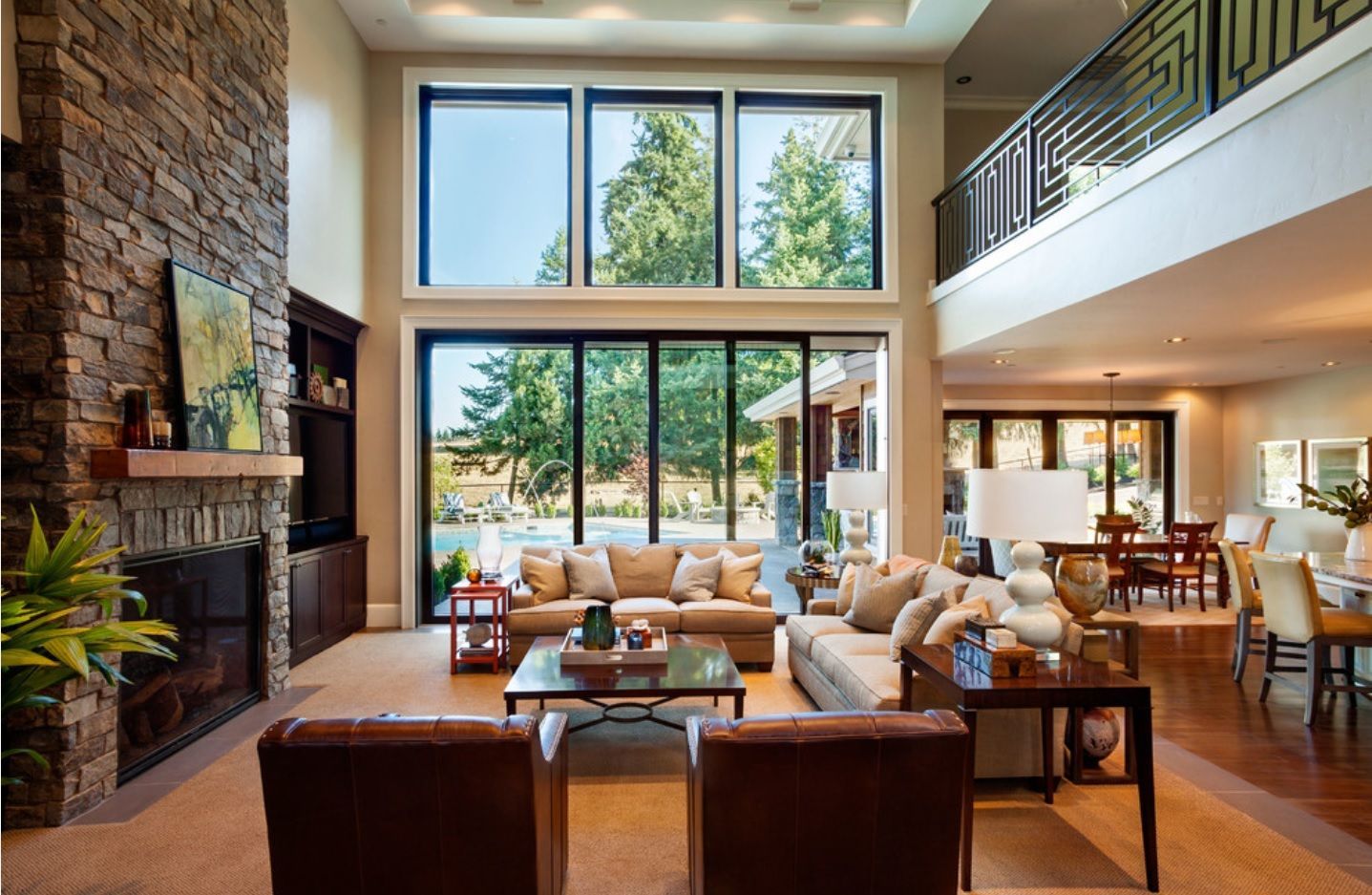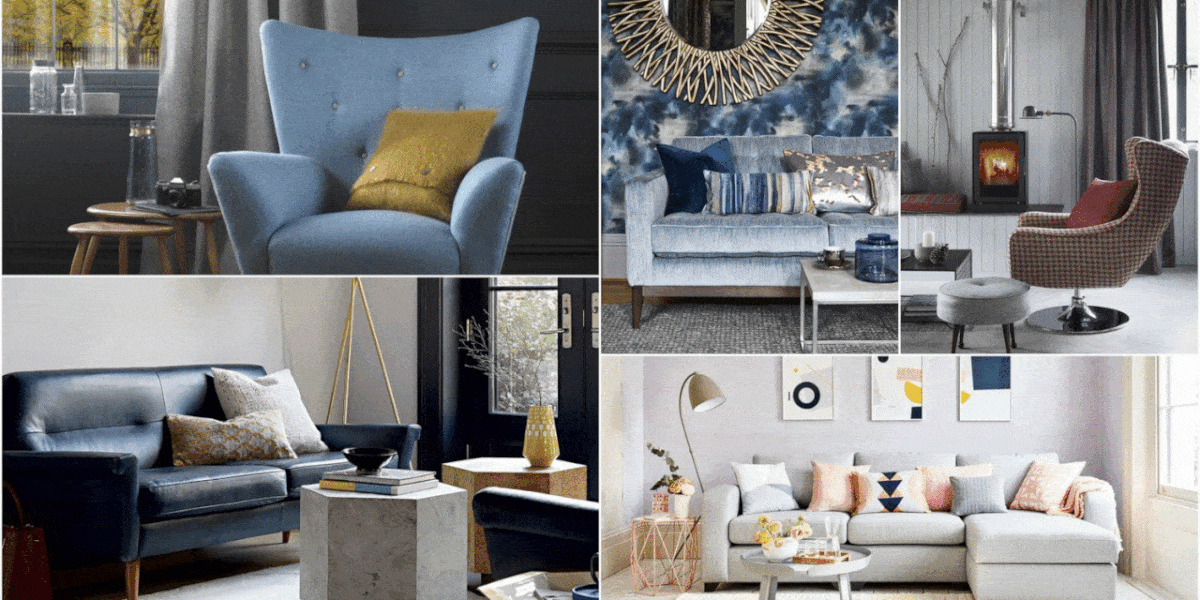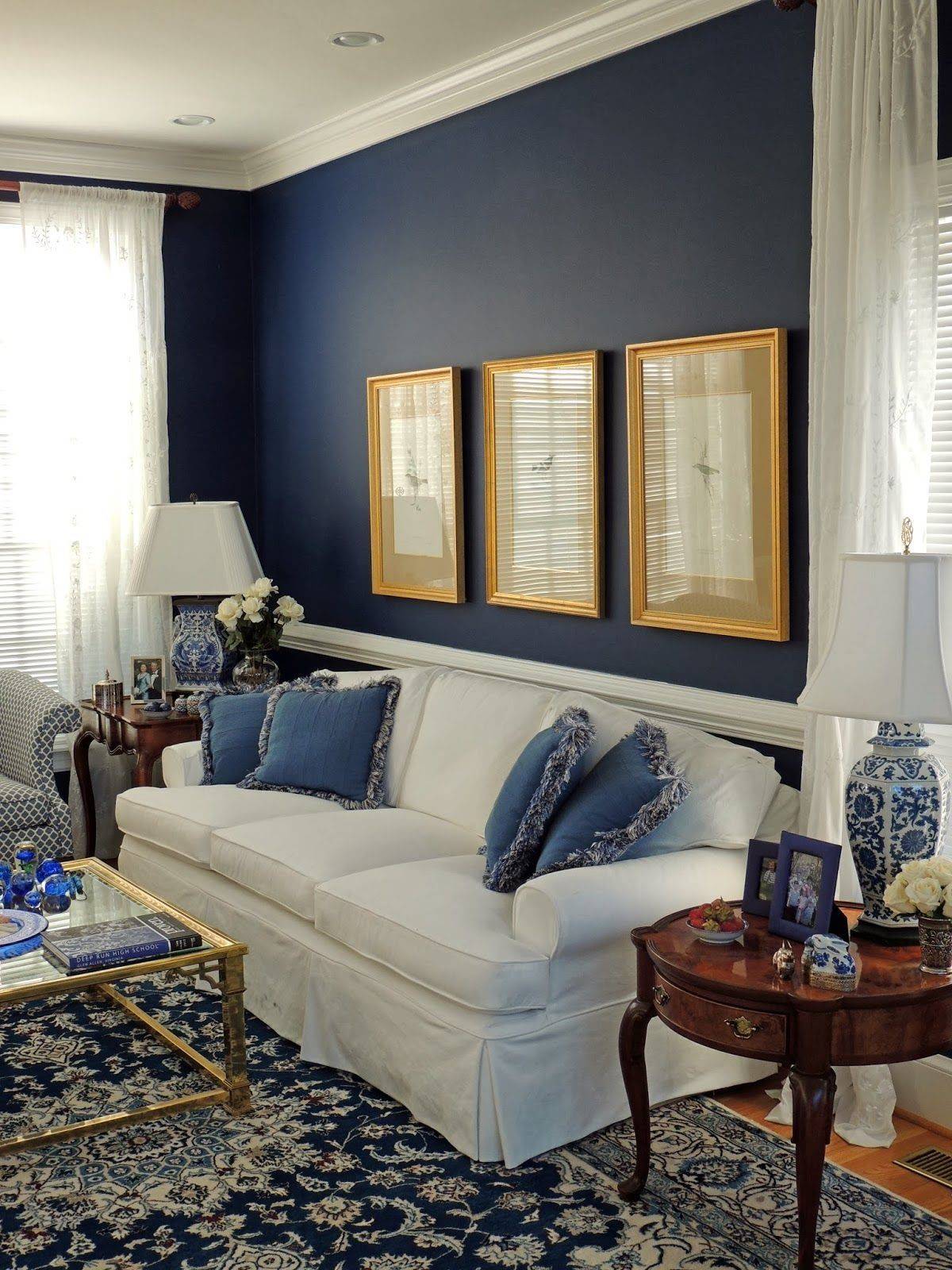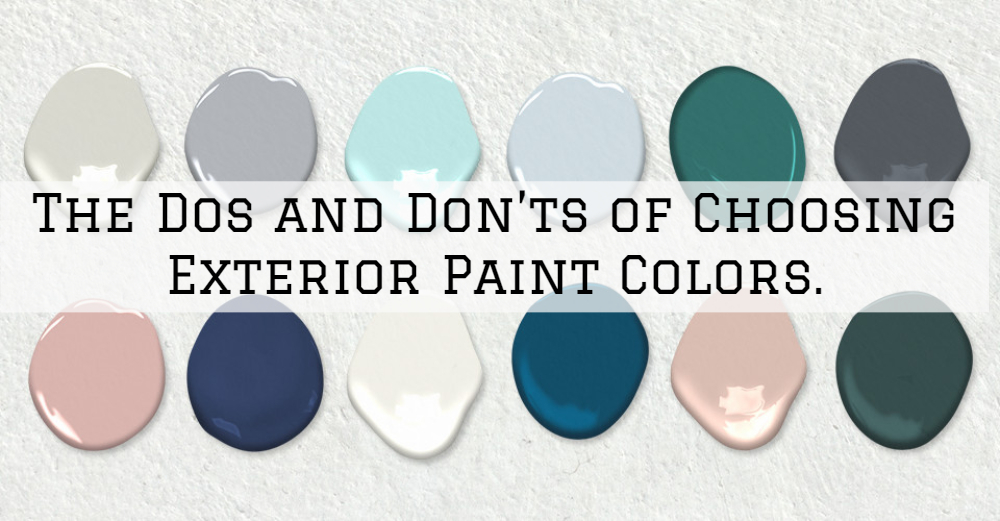Are you looking to make your living room a warm and inviting space? Look no further! We've compiled 10 tips to help you create a cozy living room that you and your guests will love spending time in. Tip 1: Start with a comfortable sofa or sectional. This is the focal point of your living room and sets the tone for the rest of the space. Tip 2: Incorporate soft and plush fabrics, such as velvet or chenille, into your furniture and decor. These textures add a cozy and welcoming feel to the room. Tip 3: Use warm and inviting colors, such as earth tones or shades of blue, to create a cozy atmosphere. Avoid using cool colors like grey or white, as they can make the space feel cold and uninviting. Tip 4: Add layers of soft and fluffy throw pillows and blankets to your seating area. Not only do they add comfort, but they also add visual interest and texture to the room. Tip 5: Incorporate natural elements, such as wood or stone, into your living room design. This helps create a warm and rustic feel that is perfect for a cozy space. Tip 6: Use soft lighting, such as floor lamps or string lights, to create a warm and intimate atmosphere. Avoid harsh overhead lighting, as it can make the room feel too bright and cold. Tip 7: Add a plush area rug to your living room to add comfort and warmth to your flooring. Make sure to choose a rug that is large enough to anchor your furniture and create a cohesive look. Tip 8: Incorporate natural scents, such as candles or essential oils, into your living room. This not only adds a cozy ambiance but also helps to create a relaxing atmosphere. Tip 9: Display personal items and mementos that hold special meaning to you. This adds a personal touch to your living room and creates a sense of warmth and nostalgia. Tip 10: Finally, don't be afraid to add your own personal style and preferences to your living room design. Your space should reflect your personality and make you feel at home.1. "10 Tips for Creating a Cozy Living Room"
Living in a small space doesn't mean you have to sacrifice style and comfort. With the right furniture, you can maximize the functionality and aesthetic of your small living room. Here are some tips for choosing the best furniture for small spaces. Tip 1: Opt for multifunctional furniture, such as a storage ottoman or a sofa bed, to save space and add functionality to your living room. Tip 2: Consider using wall-mounted shelves or floating shelves to add storage without taking up floor space. Tip 3: Look for furniture with sleek and slim designs, such as a streamlined sofa or a coffee table with thin legs. This helps create the illusion of more space in your living room. Tip 4: Use furniture with built-in storage, such as a TV stand with shelves or a coffee table with drawers, to keep your living room clutter-free. Tip 5: Avoid oversized furniture that will overwhelm your small living room. Instead, opt for smaller pieces that can easily be rearranged to fit your space. Tip 6: Choose furniture with light and neutral colors to make your space feel larger and more open. Avoid dark and bulky furniture, as it can make the room feel cramped. Tip 7: Consider using furniture with reflective surfaces, such as mirrored coffee tables or glass shelves, to add depth and make your space feel bigger. Tip 8: Use furniture with legs to create a sense of openness and allow for more light to flow through your living room. Tip 9: Don't be afraid to mix and match different furniture styles to create a unique and personalized look for your small living room. Tip 10: Remember to measure your space and plan out your furniture layout before making any purchases. This will help ensure that your furniture fits and functions well in your small living room.2. "The Best Furniture for Small Living Rooms"
Whether you have a small living room or just want to make the most out of your space, there are many ways to maximize the space in your living room. Here are some tips to help you make the most out of your living room square footage. Tip 1: Utilize vertical space by adding shelves or wall-mounted storage. This helps free up floor space and adds functional storage to your living room. Tip 2: Choose furniture with hidden storage, such as a storage ottoman or a coffee table with a lift-top, to keep your living room clutter-free. Tip 3: Use furniture with clean and simple lines to create a streamlined and uncluttered look in your living room. Tip 4: Consider using furniture with multiple purposes, such as a sofa bed or a desk that can also be used as a dining table. Tip 5: Make use of corners by adding a corner shelf or a corner seating area. This helps utilize space that is often left unused. Tip 6: Choose furniture that can easily be moved and rearranged to fit your needs. This allows for more flexibility and can help make your living room feel less cramped. Tip 7: Use light and neutral colors on your walls and furniture to make the room feel larger and more open. Tip 8: Hang curtains high and wide to create the illusion of taller and wider windows, making your living room feel more spacious. Tip 9: Consider using a large statement piece, such as a piece of artwork or a unique piece of furniture, to add visual interest and make your living room feel larger. Tip 10: Finally, declutter regularly to keep your living room from feeling cramped and overwhelming. This will help make the most out of the space you have.3. "How to Maximize Space in Your Living Room"
Plants not only add a touch of nature and beauty to your living room, but they also offer many benefits for your health and well-being. Here are some reasons why you should consider incorporating plants into your living room decor. Improves Air Quality: Plants naturally purify the air by absorbing toxins and releasing oxygen, creating a healthier and more breathable living environment. Boosts Mood and Reduces Stress: Research has shown that being around plants can have a positive impact on mood and reduce stress levels, making your living room a more relaxing and peaceful space. Adds Color and Texture: Plants come in a variety of shapes, sizes, and colors, adding visual interest and texture to your living room. They also help bring the outdoors in, creating a calming and natural feel to the space. Creates a Focal Point: Large plants, such as a fiddle leaf fig or a monstera, can serve as a statement piece and add a focal point to your living room design. Easy to Care for: Many indoor plants are low maintenance and require minimal care, making them a great addition to any living room, even for those without a green thumb. Can Be Used as Decorative Accents: Aside from their health benefits, plants can also be used as decorative accents in your living room. Place them in unique and stylish planters or hang them in macrame plant holders to add a touch of personality to your space. Adds Life and Energy: Plants bring life and energy to a room, making your living room feel more vibrant and welcoming. Cost-Effective Decor: Plants are an affordable way to add color and style to your living room. Simply choose a few different plants and place them strategically throughout your space for an instant decor upgrade. Can Be Moved and Rearranged: Plants are versatile and can be easily moved and rearranged to fit your changing decor needs. This allows for more flexibility in your living room design. Pairs Well with Any Style: Whether your living room decor is modern, bohemian, or traditional, plants can complement any style and add a touch of natural beauty to your space.4. "The Benefits of Adding Plants to Your Living Room Decor"
The layout of your living room plays a crucial role in how functional and cohesive the space feels. Here are some tips for creating a layout that is both stylish and functional for your living room. Consider the Function: Before deciding on a layout, think about how you will be using your living room. Will it mainly be used for lounging and watching TV, or do you need space for entertaining? This will help determine the best layout for your needs. Start with the Focal Point: In most living rooms, the focal point is the TV or fireplace. Start by placing your main seating area facing the focal point to create a sense of balance and flow in the room. Allow for Traffic Flow: Make sure to leave enough space for people to move around comfortably in your living room. This is especially important if you will be entertaining or have children or pets in the space. Create Conversation Areas: If your living room is large enough, consider creating multiple seating areas to allow for more intimate conversations. This can be achieved by using different types of seating, such as a sofa and two armchairs, or by arranging furniture in a circular or L-shaped layout. Utilize Corner Space: Corners are often left unused in living rooms, but they can be a great spot for additional seating or storage. Consider adding a corner chair or bookshelf to make the most out of this space. Incorporate Functional Pieces: Choose furniture that not only looks good but also serves a purpose. This could be a storage ottoman, a coffee table with drawers, or a TV stand with shelves. Add Visual Interest: Don't be afraid to mix and match different furniture styles and add decorative accents, such as throw pillows and rugs, to add visual interest to your living room layout. Consider Traffic Flow: Make sure to leave enough space for people to move around comfortably in your living room. This is especially important if you will be entertaining or have children or pets in the space. Keep it Balanced: A balanced layout is key to a functional and stylish living room. Make sure to evenly distribute furniture and decor throughout the space to create a sense of harmony. Don't Be Afraid to Rearrange: If your living room layout isn't working for you, don't be afraid to rearrange furniture and try different configurations. This can help you find the best layout for your space.5. "Creating a Functional and Stylish Living Room Layout"
The color scheme you choose for your living room can have a significant impact on the overall look and feel of the space. Here are some dos and don'ts to keep in mind when choosing a color scheme for your living room. Do: Consider the Mood: Different colors evoke different emotions, so think about the mood you want to create in your living room. For a cozy and inviting space, opt for warm and neutral colors. For a more energetic and lively feel, consider using bold and bright colors. Don't: Stick to Just One Color: While using a monochromatic color scheme can create a sleek and modern look, it can also make the room feel one-dimensional. Instead, mix and match different shades and hues of the same color to add depth and interest to your living room. Do: Use Complementary Colors: Complementary colors, such as blue and orange or green and red, create a vibrant and visually appealing contrast in a room. Use these colors in moderation to avoid overwhelming the space. Don't: Choose Colors that Clash: While contrasting colors can add interest, choosing colors that clash can create a jarring and unappealing look. Stick to colors that complement each other and create a cohesive and harmonious feel in your living room. Do: Consider the Lighting: Keep in mind the natural and artificial lighting in your living room when choosing a color scheme. Darker colors can make a room feel smaller and cozier, while lighter colors can make a space feel larger and more open. Don't: Forget About Texture: Texture is an essential element in a room and can be accentuated by using different colors. Consider incorporating different textures, such as velvet, leather, or wood, in your living room color scheme to add visual interest and depth.6. "The Dos and Don'ts of Choosing a Living Room Color Scheme"
The Importance of Living Room Design in Creating a Welcoming Home

Transforming a House into a Home
 When it comes to designing a house, the living room is often the first and most important space that comes to mind. This is because the living room is the heart of a home - it is where family and friends gather, where memories are made, and where we relax after a long day. As such, creating a welcoming and inviting living room is essential in making a house feel like a home.
Living Room Design: The Basics
The key to a well-designed living room is to strike a balance between functionality and aesthetics. It should be a space that reflects your personal style and taste, while also being practical and comfortable. This can be achieved through careful planning and attention to detail.
Color Scheme
The first step in designing a living room is choosing a color scheme. This sets the tone for the entire space and can greatly impact the overall feel of the room.
Neutral colors
such as beige, white, and grey are popular choices as they create a calming and versatile backdrop for any style.
Bold accent colors
can then be added through furniture, decor, and artwork to add personality and visual interest to the room.
Furniture and Layout
The furniture and layout of a living room should be both functional and comfortable. Consider the size and shape of your room when choosing furniture, and arrange it in a way that promotes conversation and flow.
Multi-functional pieces
such as a storage ottoman or a coffee table with built-in storage can also help maximize space in smaller living rooms.
Lighting
Lighting is another important aspect of living room design.
Natural light
is always preferred, so try to maximize it with large windows or skylights. For artificial lighting, a mix of
overhead lighting
and
task lighting
is recommended. This allows for a range of brightness levels and can create a cozy and inviting atmosphere in the evenings.
Personal Touches
Lastly, don't forget to add your own personal touches to your living room design. This can be achieved through
family photos
,
meaningful artwork
, or
decorative accents
that reflect your interests and personality.
In conclusion, the living room is a vital space in creating a welcoming home. By following these basic design principles and adding your own personal touch, you can transform your living room into a warm and inviting space for all to enjoy. With careful planning and attention to detail, your living room will become a reflection of your personal style and a place where cherished memories are made.
When it comes to designing a house, the living room is often the first and most important space that comes to mind. This is because the living room is the heart of a home - it is where family and friends gather, where memories are made, and where we relax after a long day. As such, creating a welcoming and inviting living room is essential in making a house feel like a home.
Living Room Design: The Basics
The key to a well-designed living room is to strike a balance between functionality and aesthetics. It should be a space that reflects your personal style and taste, while also being practical and comfortable. This can be achieved through careful planning and attention to detail.
Color Scheme
The first step in designing a living room is choosing a color scheme. This sets the tone for the entire space and can greatly impact the overall feel of the room.
Neutral colors
such as beige, white, and grey are popular choices as they create a calming and versatile backdrop for any style.
Bold accent colors
can then be added through furniture, decor, and artwork to add personality and visual interest to the room.
Furniture and Layout
The furniture and layout of a living room should be both functional and comfortable. Consider the size and shape of your room when choosing furniture, and arrange it in a way that promotes conversation and flow.
Multi-functional pieces
such as a storage ottoman or a coffee table with built-in storage can also help maximize space in smaller living rooms.
Lighting
Lighting is another important aspect of living room design.
Natural light
is always preferred, so try to maximize it with large windows or skylights. For artificial lighting, a mix of
overhead lighting
and
task lighting
is recommended. This allows for a range of brightness levels and can create a cozy and inviting atmosphere in the evenings.
Personal Touches
Lastly, don't forget to add your own personal touches to your living room design. This can be achieved through
family photos
,
meaningful artwork
, or
decorative accents
that reflect your interests and personality.
In conclusion, the living room is a vital space in creating a welcoming home. By following these basic design principles and adding your own personal touch, you can transform your living room into a warm and inviting space for all to enjoy. With careful planning and attention to detail, your living room will become a reflection of your personal style and a place where cherished memories are made.

